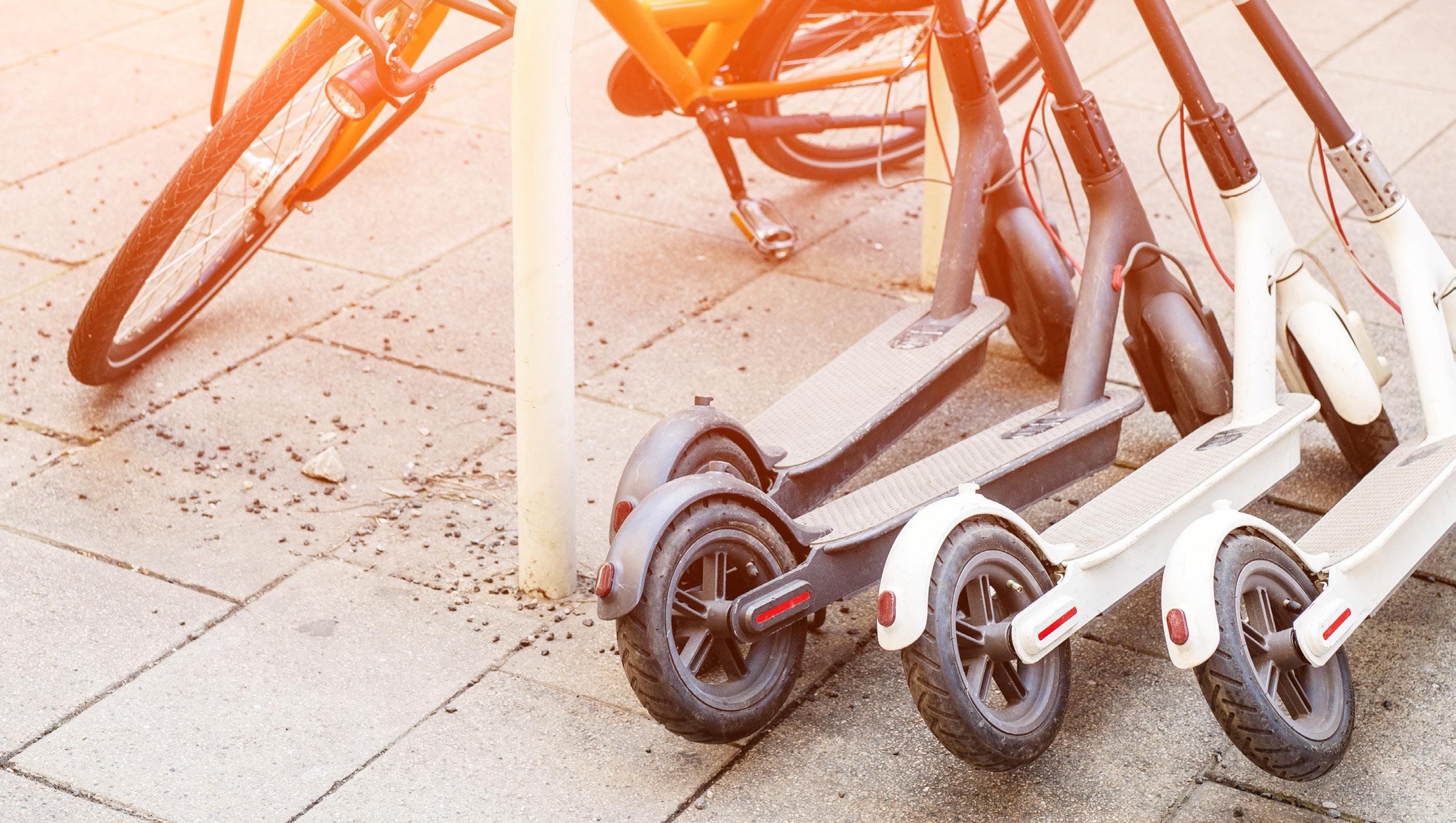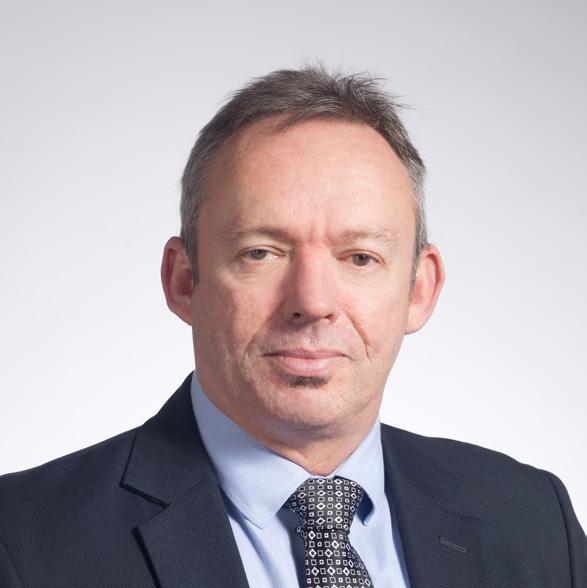A Practical Vision for HR
HR SUMMIT REVIEW KATHY CATTON
HRNZ SUMMIT QUEENSTOWN
By Kathy Catton
This year’s HRNZ Summit featured an impressive list of speakers and a fantastic opportunity for over 70 HR professionals to start to build a practical vision of the future of HR. Kathy Catton reviews the HRNZ Summit, held in Queenstown, at the end of October.
F
or some of us, it’s scary to think that 2020 is just a few weeks away. 2020! For all the talk of the digitisation, rapid technological advancement and progressive changes ahead, it is clear to me that the future of work is now. So what better opportunity for HR professionals to gather together to focus on what this means for HR and work together to form a vision of the future of HR? One of the many highlights of the Summit for me was the speech delivered by Jo Cribb, Leadership and Governance Consultant, on the future of work and workplaces. Not only did Jo take a light-hearted look down memory lane to show how we have already lived through massive technological change (who remembers cassette players and 20
HUMAN RESOURCES
SUMMER 2019
processing photographic film at the pharmacy?), she also helped us recognise that the very nature of ‘change’ has changed and is changing. Whereas previous changes (industrial revolutions, as an example) changed just one piece of technology at a time (eg, steam, electricity, computing power), the changes we are facing now are affecting every facet of our lives. Jo quoted from a recent study by the New Zealand Institute of Economic Research (NZIER) stating that, if employers wanted to, they could immediately remove an estimated 9 per cent of jobs from the workplace by using automation. In 10 years, it is predicted as many as 35 per cent of jobs could be removed. So it appears that change is becoming exponential, but we don’t yet know how this will play out. Jo gave her top seven predictions for what the world of work will look like in the future: 1. fewer managers will be needed, because employees will be expected to be far more selfdirected due to the increase in apps to monitor workers, performance and productivity 2. leadership will become far more critical to draw teams together
3. a wide range of ages will be in the workforce. Potentially 17-to 70-year-olds 4. workers may not physically need to be in the same space. Much more fluidity in working locations and styles will be possible, for example, self-employment, gig workers, portfolio career. 5. people will be learning as they go and will need to upskill continually 6. there will be a scrambling for talent, but a lot of unemployment 7. being ‘human’ won’t change: the need for empathy, connection, humour will remain. HR has a huge role to play in harnessing technology and humanity. It’s our choice about how it goes. Facilitated by Dr David Keane, workshop delegates got the opportunity to explore these ideas further, using a simple framework of looking at what we would like to Keep, Get, Remove and Avoid within our organisation, in the context of workplace changes. Delegates added ideas to Post-it Notes and stuck them on a large central template to share with the group. Examples included removing the ‘command and control’ model of operating, avoiding























